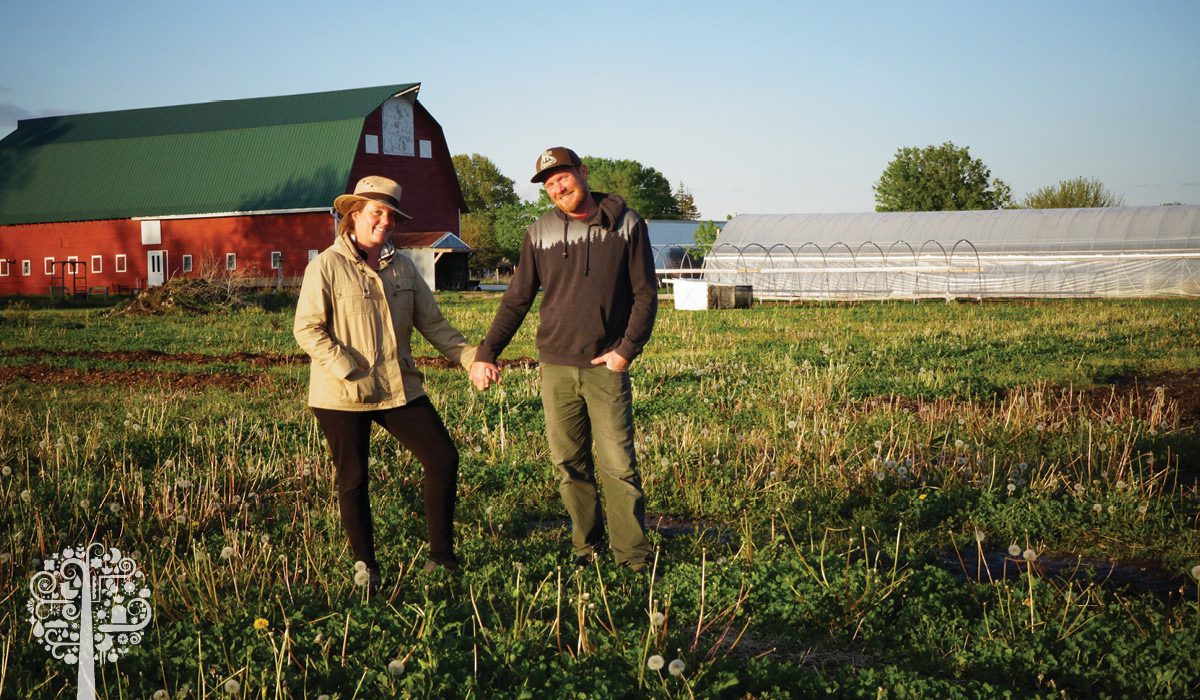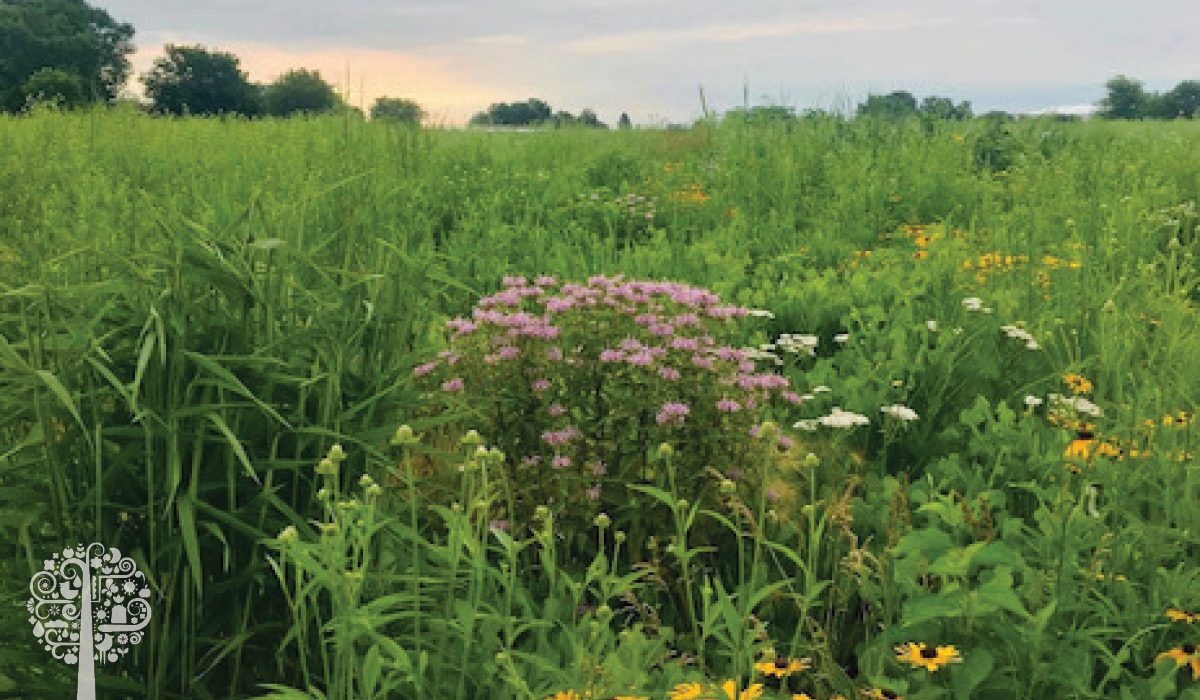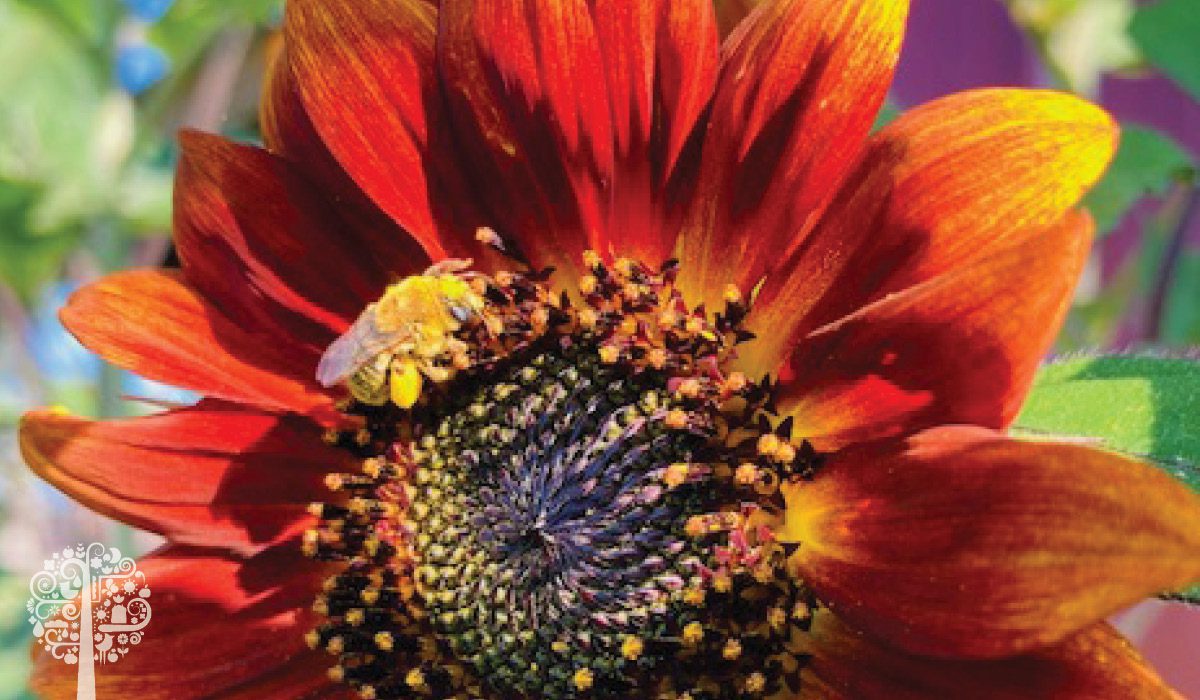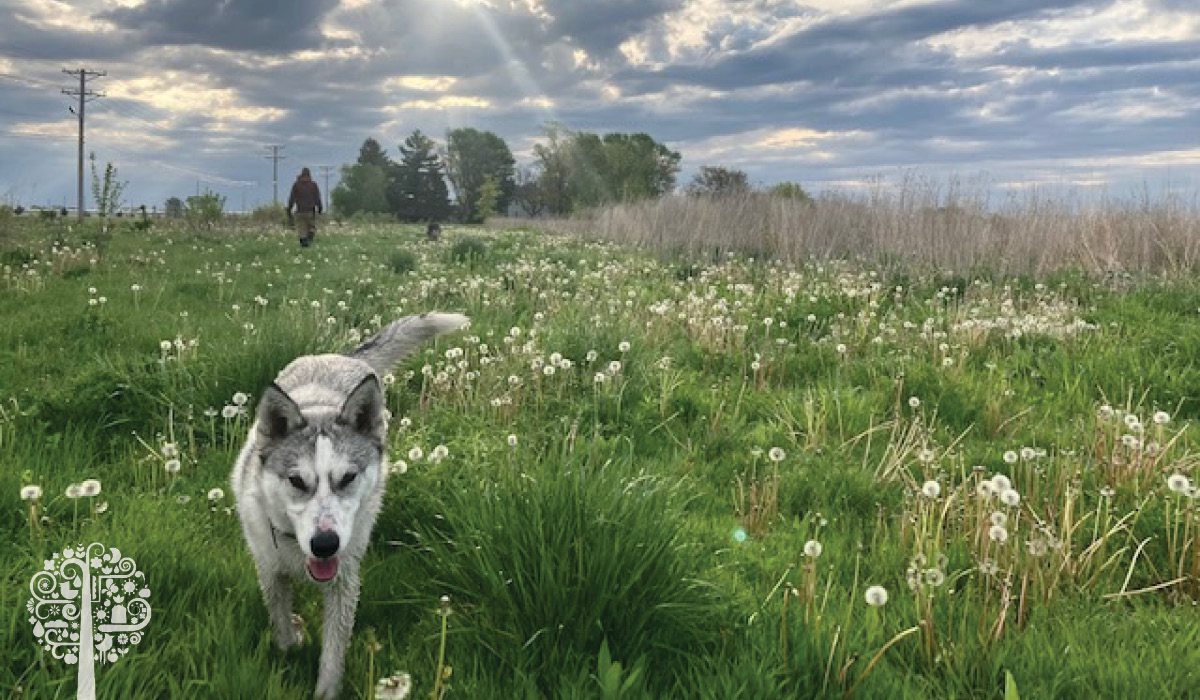Homestead 1839: A Farm With History Grows With The Past, Present, and Future In Mind
In West Burlington, Iowa, a farm called Homestead 1839 stands out from all the other fields. It has broken away from the monocultures growing across the state, focusing instead on regenerative agriculture and producing a wide variety of fruits and vegetables for the community to enjoy. By connecting with the land and our past, Homestead 1839 is farming for the future.
A Long History
There are 180 years of family history and tradition at the Homestead 1839, and even in today’s modern world, old-fashioned values are at the heart of everything the farm does. The land belongs to the Leffler family, ancestors of current farm co-director, Mollie Krell.

“We always talk about how blessed and privileged we are to be able to work with the land that has passed through so many generations before us,” says Krell. “So many family farms have fallen to industrial agriculture practices that it becomes hard to convey to others the importance of place and connection to the land.”
Regenerative Agriculture
While the property has reduced from about 80 acres to 30, the Homestead is still a big part of the community. Organic fruits, vegetables, and flowers grow on five acres of active farmland, focusing on permaculture practices.
Common crops like cucumbers, tomatoes, and squash, and many lesser-known heirloom varieties like okra, tomatillos, and edible flowers are planted and cared for by hand, reducing the need for fossil fuels.

Toxic chemicals are never used on the property, and crop rotation and companion planting help ensure it stays that way. Chickens fertilize the soil and eat the bugs interested in the various crops. Bees are also encouraged to make their home in the apiary on the farm.
While farming sustainably involves a tremendous amount of work, Krell wouldn’t have it any other way. Having grown up in Iowa during the “go big or go home” era, she says she’s witnessed first-hand the degradation of local soil and waterways. Streams are being polluted with feces from CAFOs and hog or chicken confinements.
“Our ancestors going back millennia learned to work with nature, rather than against it,” Krell explains. “Current conventional agricultural practices are not sustainable, and it is important for us to be able to model how our food systems can be different by going back to practices that have sustained human existence.”
A Pollinator Haven
Nearly 14 acres of the original property have transitioned to a pollinator habitat through the Conservation Reserve Program, which happens to be Krell’s favorite spot on the farm. In the span of a few years, she has witnessed a dramatic increase in biodiversity; watching butterflies and birds make Homestead 1839 their home has been beyond satisfying.

“We feel it is important to model that wild space and agriculture can co-exist,” she says. “Pollinators are responsible for a majority of the food we eat, so it would stand to reason that we would protect this resource. It is also good for human mental health. There have been multiple studies showing the effects of nature in reducing symptoms and levels of anxiety and depression which is endemic in this country and especially with our youth.”
Krell recalls a recent hay wagon ride she took with a youth group during which they stopped in a quiet area of the habitat. The group was encouraged to close their eyes, take deep breaths, and use their other senses to observe the environment.
“After the exercise, I asked what people noticed, and one young person blurted out, “why am I feeling so calm?”. This is just one example of many who come to us unsolicited and share about how the space gives them a sense of peace,” Krell says. “Some folks also share about their mental health issues and how being in the space and putting their hands in the earth alleviates symptoms of their condition. The pollinator project has brought so much more to the land and our community than we initially anticipated.”
Access For All
The Homestead 1839 believes people shouldn’t have to make a lot of money to access organic, nutritious food. Tired of seeing processed food priced well below fresh vegetables, it donates much of what it grows to food banks and community referrals. The farm also gives back through various community, educational, and probational programs, helping those in need and others interested in self-sustainability and creating a healthy planet.

“Working in schools, we continuously see children coming to school hungry and then expected to achieve high academic standards set by those who are well-fed,” Krell explains. “When basic needs are not being met, cognitive functioning is prohibited […] Having to work with tight budgets, it is easy to see how families have to choose lesser quality food that may fill bellies but does nothing for the essential vitamins, minerals, and fibers the body needs to maintain health.”
Making The Switch
In a country littered with conventional monoculture farms, Homestead 1839 is a diamond in the rough. Krell hopes her farm can serve as an example of what is possible when following nature’s lead. Still, she admits that making the transition to organic or regenerative growing is challenging. She says governments can help by ending subsidies that pigeonhole farmers into growing the same crops.
“If subsidies are to continue, they should be prioritized on creating more competition in the market by incentivizing localized food systems,” she says. “If the demand is on local markets and seasonal diets, the supply will come along. So, in many ways, it is up to consumers to help create this transition. In the larger sphere, it is up to our communities, states, and country to reimagine how they utilize space and how to collectively ensure community and national health.”
Let’s make it happen.




